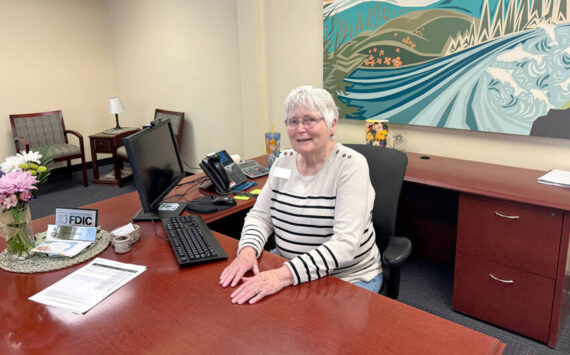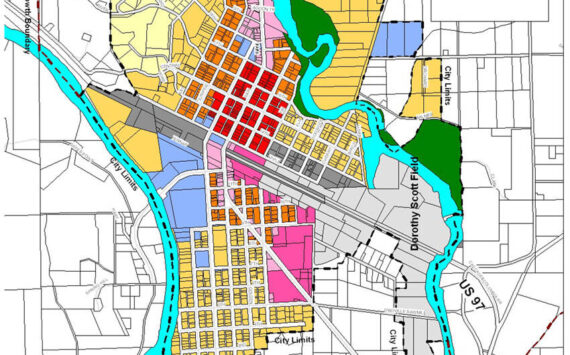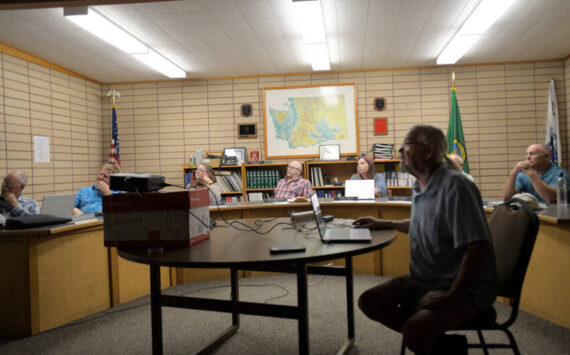OROVILLE – The Oroville School Board held a hearing on 728 funds and passed a motion to continue to use this money from the state to reduce class sizes.
“We have received a lot of money from the 2008 state legislature and they said they want us to use it to lower class sizes,” said Dr. Ernie Bartelson, district superintendent.
The superintendent said when Oroville first received 728 monies in 2001 it amounted to about $225 per student, now it is $458 per full time equivalent (FTE) student.
“We are getting $281,670 this year,” said Bartelson. “In the past we have held separate meetings for community input. In 2001 we had 25 people attend the meeting. This year we decided to have the hearing at the same time as the school board meeting.”
In the past the money has been used to hire an additional kindergarten teacher, as well as various other teachers at the high school, according to Bartelson.
“We also partnered with the preschool downstairs and have allowed them to use the room at no charge,” said Bartleson. “One new thing we are looking at is to use some of the 728 money for staff support and curriculum development.”
For the 2008-2009 school year the district plans on spending $131,336 for class size reduction in grades five through 12; $50,000 on extended learning for students and class size reduction in kindergarten through fourth-grade, $44,000 on a nurse and $56,334 for “Indirects” and NERCS (non-employee related costs).
Bartleson also said the money could be used for building, like adding a classroom, but not for a new gym or solar panels on the roof.
Initiative 728 was passed by Washington voters in 2000 and is primarily funded by unrestricted lottery proceeds, according to a data sheet that was made available at the board meeting.
In other business, the board discussed a plan to fix the plumbing in the north wing of the elementary school and also fix some of the sidewalks at the building. The plumbing project is estimated to cost $85,000 to $90,000.
“I think we will get some local bids and replace everything under the floor, the toilets, sinks, drinking fountains and fans… all in the oldest part of the school,” said Shay Shaw, the district’s financial manager.
Shaw also reported that some of the largest increases in costs for the district are in utilities and food.
“Food just keeps going up, up, up,” said Shaw. “We’ve raised the cost of meal tickets twice, but the bulk of our students are on free and reduced meals. So the 25 percent who pay the full price don’t really make up for the increase. It just isn’t covering the cost.”
Shaw said in the future the board might consider contracting with a company that buys food for their lunch program.
“With more schools involved it gives them higher buying power,” said Shaw. “And contracting with the company does not effect any of the people we have working in the food program here.”
School Board Chairman Jerry Nelson said he believes commodities will continue to increase in price.
“We’re not going to see it go down… we see a lot of countries buying into U.S. food,” said Nelson.







